Standing on the rocky ground of Thermopylae, I felt a deep connection to history. King Leonidas and his 300 Spartans once faced the massive Persian army right here.
The landscape is quiet now. Still, the story of courage and sacrifice rings loud, reminding me that bravery isn’t just a relic of the past.
Visiting Sparta showed me that the values of determination, teamwork, and resilience can feel just as relevant today as they did in ancient times.
As I wandered around, the blend of legend and fact felt almost tangible. I could imagine the tension, fear, and hope that filled this place centuries ago.
Walking in Leonidas’ footsteps gave me more than a history lesson. I left inspired to face my own challenges with a bit more Spartan strength.
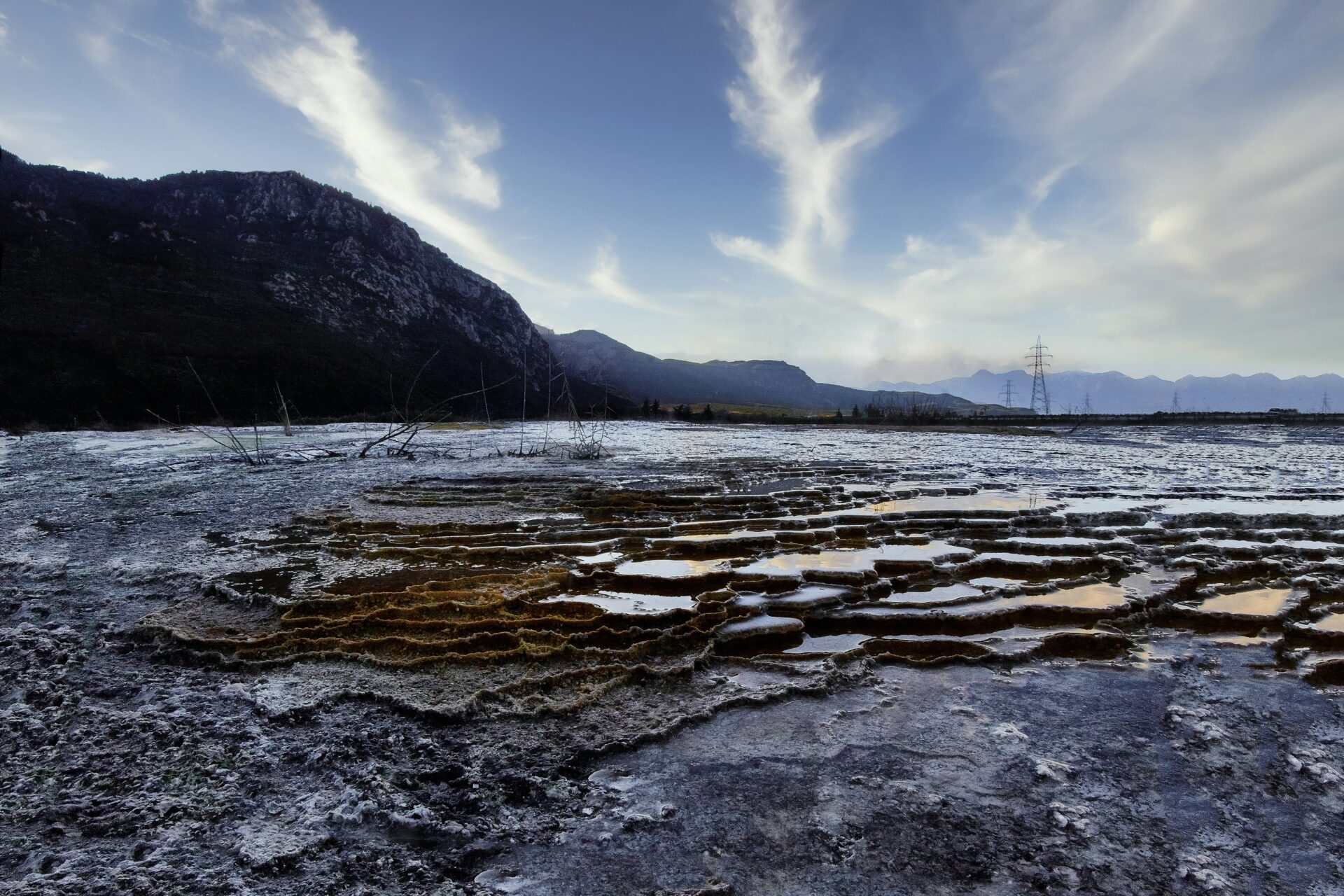
Discovering the Ancient Land of Sparta
Stone ruins rest quietly on sun-baked ground. Olive trees and distant hills surround them.
As I explored the heart of Laconia, ancient stories mixed with the sights and sounds of modern Greece. The legendary city-state of Sparta seemed to come alive.
Arriving in the Shadow of Legends
When I first arrived in Sparta, the landscape stretched wide, bathed in morning light. The city sits in the Peloponnese, not far from Mount Taygetus.
It felt humbling to stand where Leonidas once led his warriors. History is carved into every stone and field.
Locals spoke with pride about their ancestry. Small cafes and shops cluster around the main square.
Talk of the Battle of Thermopylae and Leonidas is never far away. Statues and plaques blend right into the daily rhythm.
Sparta’s connection to its legendary past remains strong. The city adapts, but it never forgets.
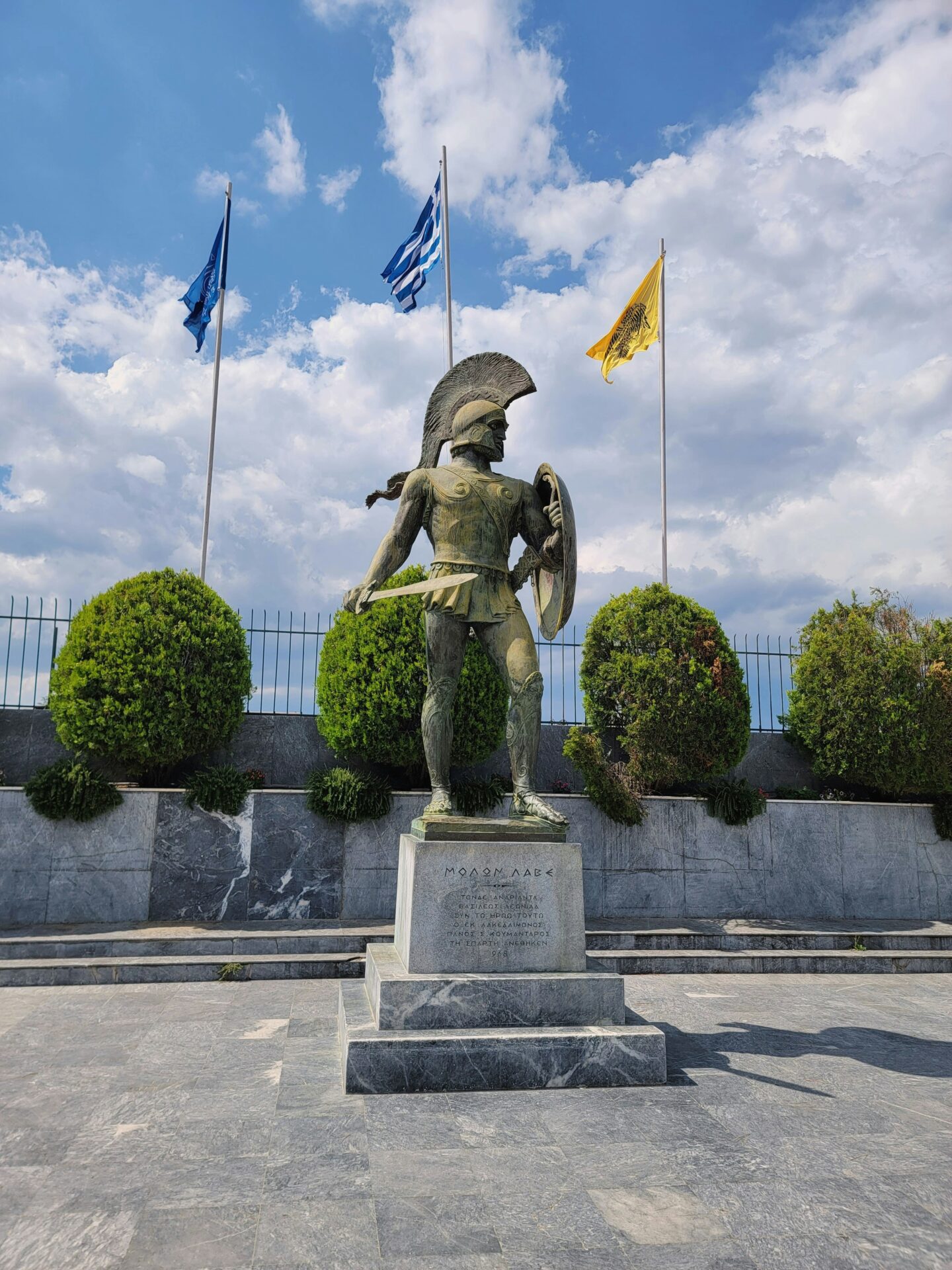
First Impressions of a Timeless City
Sparta doesn’t buzz like Athens or draw the crowds of Corinth. Instead, I noticed a calm energy shaped by ancient roots and modern growth.
Broad avenues run past open squares. Life here feels simple, but never dull.
Walking through the city center, I saw modern homes mixed with ancient ruins. The Archaeological Museum of Sparta displays relics from days when Sparta rivaled Athens and Corinth.
Locals eagerly shared stories, explained traditions, and recommended hidden tavernas. The olives and cheese tasted especially fresh.
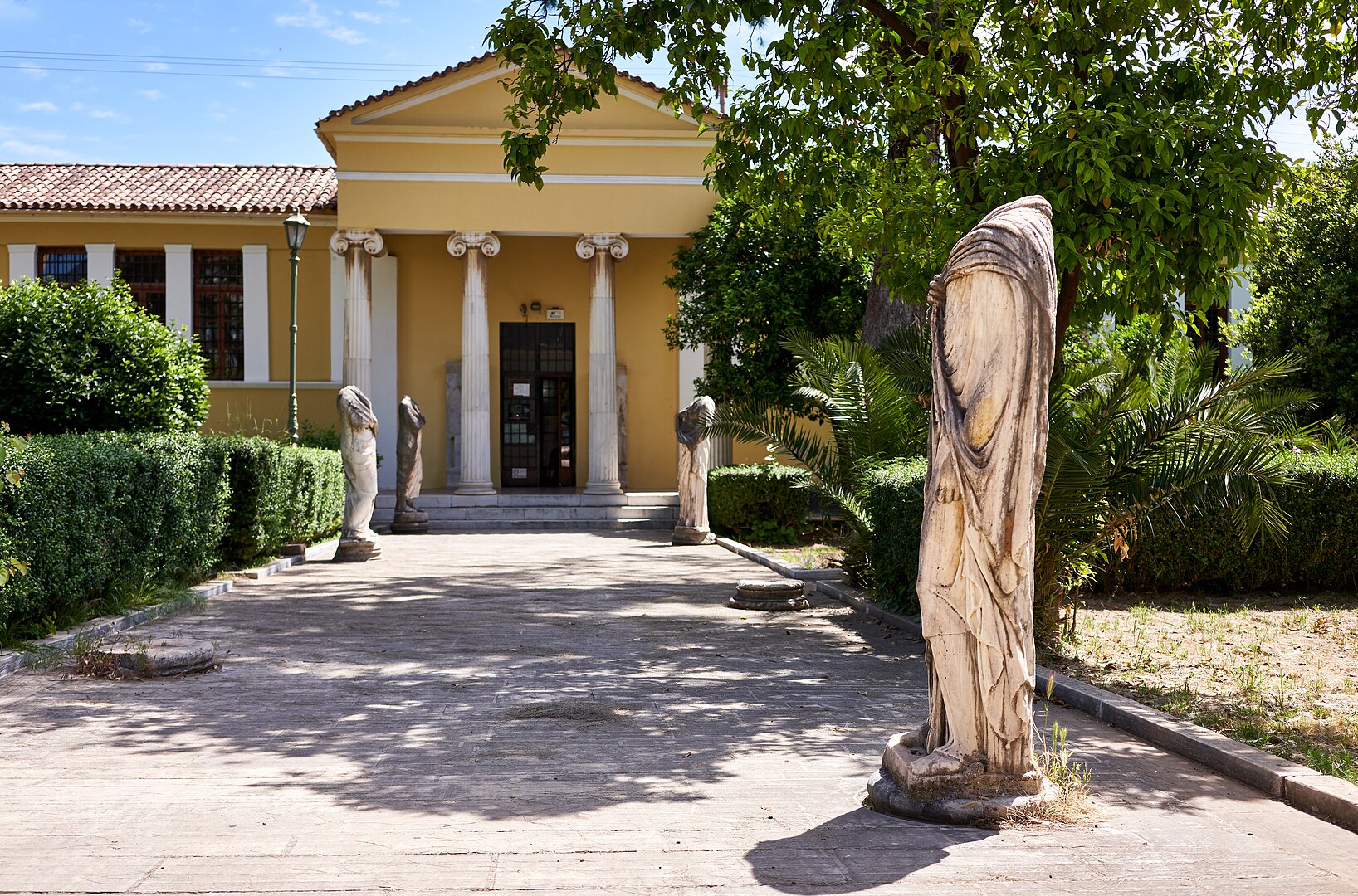
Sparta and Its Enchanting Surroundings
Beyond the city, exploring Laconia is easy. Mount Taygetus looms in the distance, offering hiking trails and quiet spots to reflect.
To the north, ancient Mystras rises—a hillside of medieval ruins with stunning views over the Spartan plain. It’s a place that really makes you pause.
Visits to nearby villages gave me a sense of daily Greek life. Friendly greetings and shared meals connected me to both old and new.
If you have extra time, Corinth isn’t far—a reminder of the rich history linking these ancient city-states. Sparta’s surroundings invite quiet discovery and lasting memories.
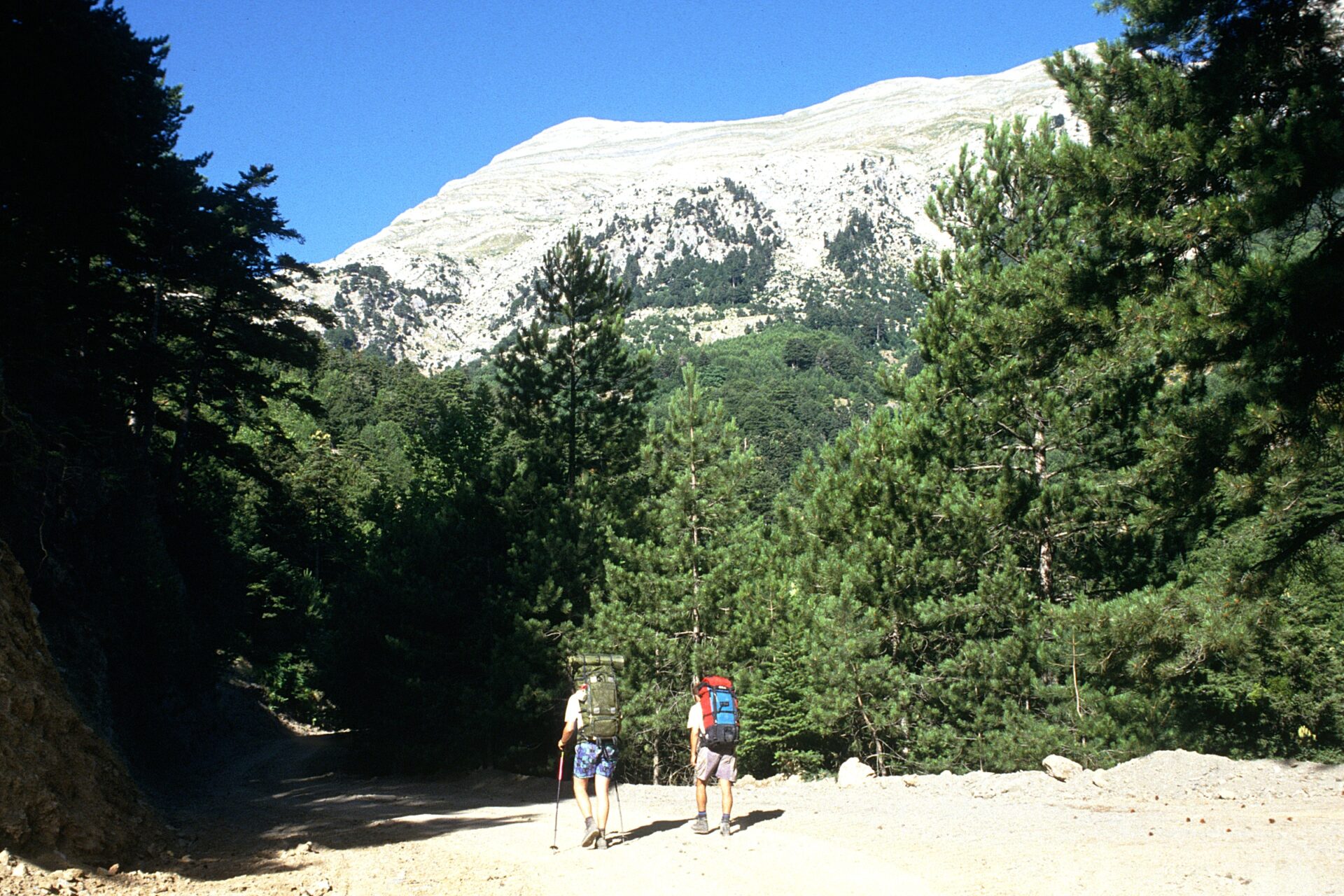
Standing Where Leonidas Stood: My Journey to the Battlefield
Visiting Thermopylae, I found more than history. I discovered stories of resilience, strategy, and sacrifice where the Spartan king and his men once faced overwhelming odds.
Walking the battlefield, each moment connected me to ancient courage and teamwork.
Walking the Steps of the 300 Spartans
At Thermopylae, I walked along quiet paths where King Leonidas and the 300 Spartans made their final stand against the massive Persian army.
Seeing the stone terrain and passing by signs marking key spots, I realized just how tough their position must have been. There’s a bronze statue of Leonidas, standing tall and proud, spear in hand.
Standing before it, I could almost picture the lines of hoplites with their shields raised. The area is open and windy, making it easy to imagine how exposed these warriors were, surrounded by uncertainty and pressure from Xerxes’ forces.
A gravel trail leads visitors along the base of the pass. I followed in the footsteps of ancient soldiers, thinking about the unity and discipline needed to face such odds.
This isn’t just a photo stop. It’s a place to reflect on bravery and decisions made thousands of years ago.
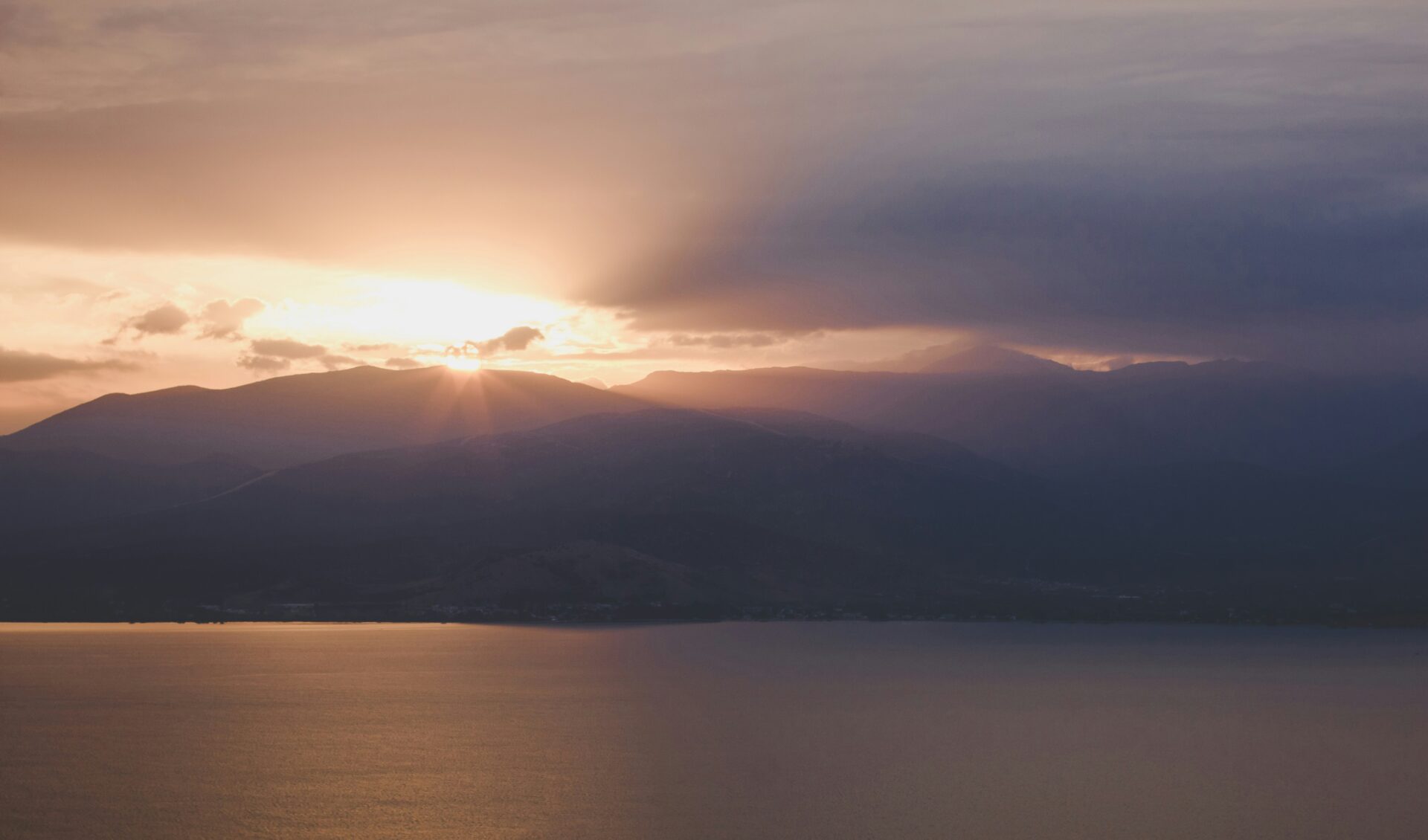
Thermopylae: Echoes of the Past
Thermopylae today doesn’t look like the narrow pass of 480 BC. Still, the landscape holds echoes of the famous stand.
The road now runs parallel to where mountains once pressed closer to the sea. Knowing that this route once saw tens of thousands of warriors—Greeks and Persians—filled me with awe.
I could hear traffic in the distance, but that didn’t erase the sense of history here. The small stone mound, believed to be the Spartans’ final stand, feels like a silent witness to the battle’s story.
Sometimes, visitors leave olive branches or stones there. It’s a quiet way to honor the 300 who fought beside Leonidas.
I took time to read a plaque with Simonides’ ancient epitaph:
“Go tell the Spartans, stranger passing by, that here, obedient to their laws, we lie.”
Even after so many centuries, these words hit hard. They feel powerful and strangely modern—a stark reminder of loyalty and sacrifice.
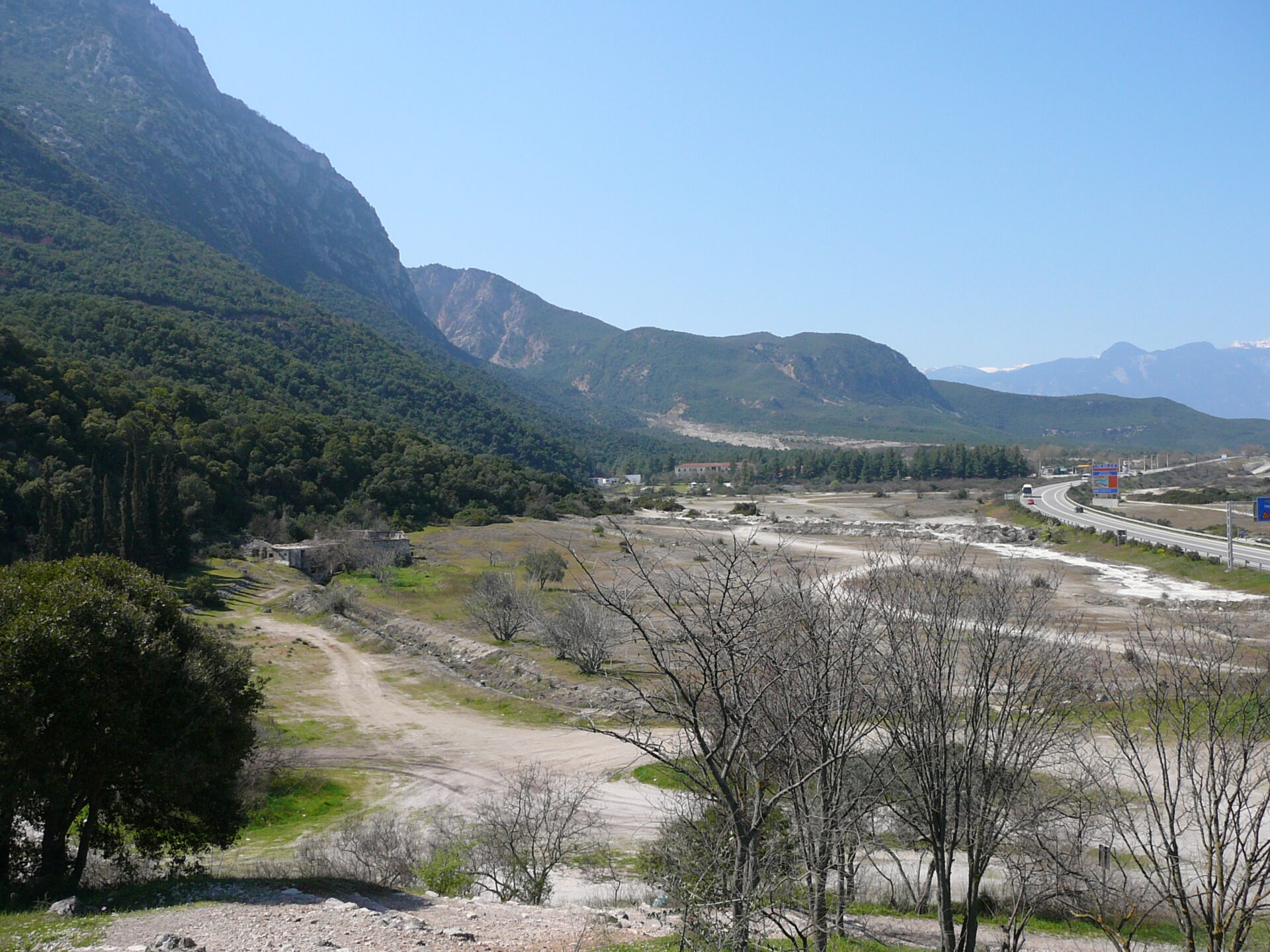
Understanding King Leonidas’ Mission
King Leonidas’ mission at Thermopylae was more than a last stand. He made a strategic choice, hoping to delay the Persian army and give other Greek forces time to prepare.
He led not just 300 Spartans but also Thespians and Thebans. They all stood united against Xerxes’ invasion.
The story goes far beyond legends and movies. Leonidas’ leadership involved strict discipline and real sacrifice.
He chose 300 hoplites—men who already had sons to carry their names. That detail shows how seriously he took their responsibility.
Walking the site, I felt the weight of their mission. The Spartans and allies knew they faced almost certain death, yet chose to hold the pass out of duty to Greece.
This unity and courage, facing a much larger Persian army, inspired later generations. It shaped ideas of bravery and freedom, even for travelers like me today.
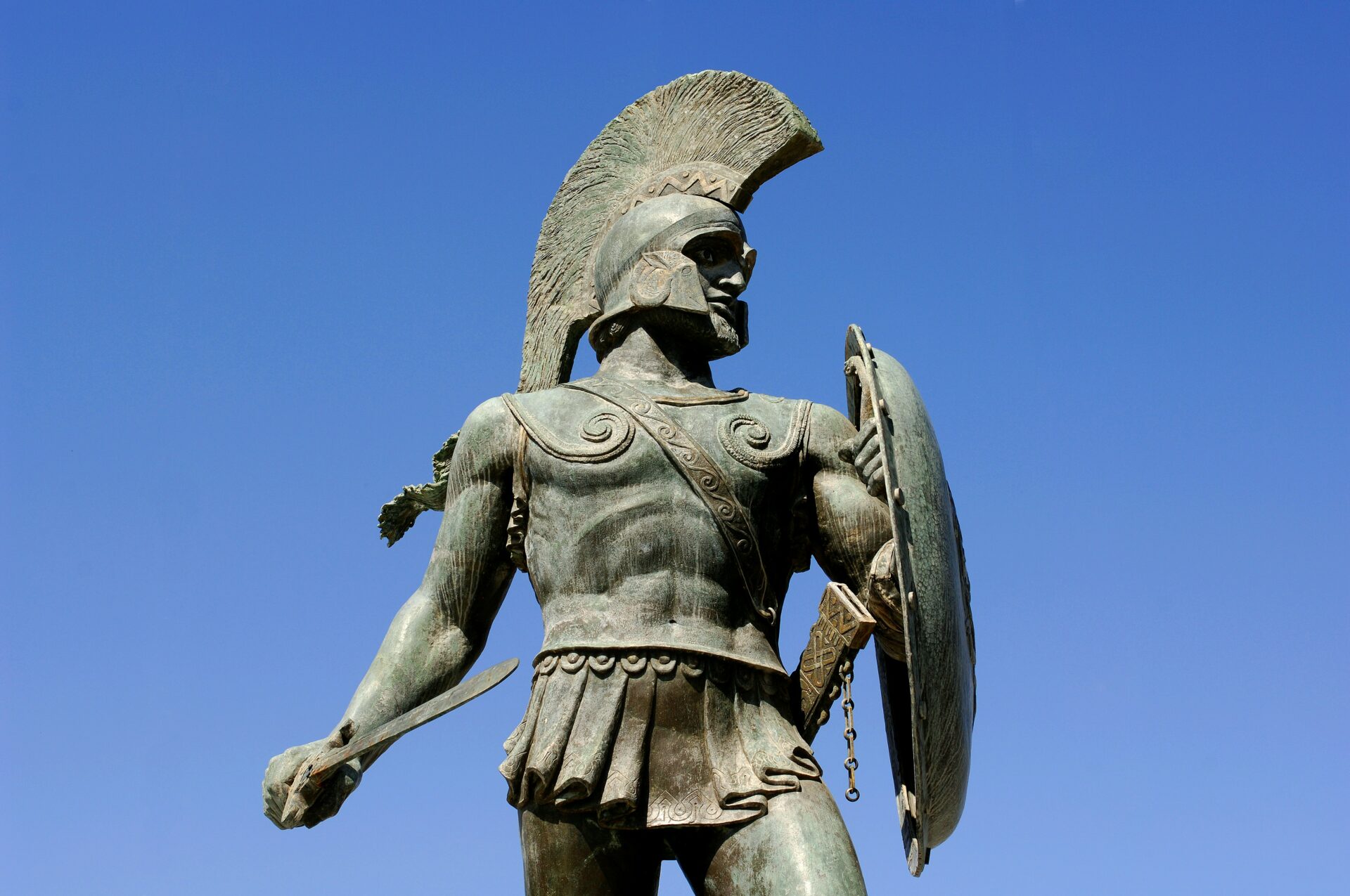
Legacy of Sparta: History and Myths
Standing on Spartan soil, I couldn’t escape the city’s past. The legends, historical battles, and values shaped not just ancient Greece, but many modern ideas and ideals.
What happened here still echoes through time—far beyond the ruins and stones beneath my feet.
The Battle of Thermopylae and Its Lasting Impact
At Thermopylae in 480 BC, King Leonidas led 300 Spartans and a small Greek force against the massive Persian army under Xerxes I. The Persians, with their elite Immortals, seemed unstoppable.
Leonidas and his men held the mountain pass for days, buying precious time for the rest of Greece. When I visited the site, I thought about the courage and discipline it must have taken to face such overwhelming odds.
The Spartans, with their tight phalanx formation, symbolized self-sacrifice and unity. The battle became a rallying point for Greek people, inspiring later victories against the enemy and eventually helping preserve democracy in Athens.
Thermopylae isn’t just a legend. It’s a reminder that bravery can shape history.
Seeing the memorial stele brought these lessons alive in a way no textbook could.
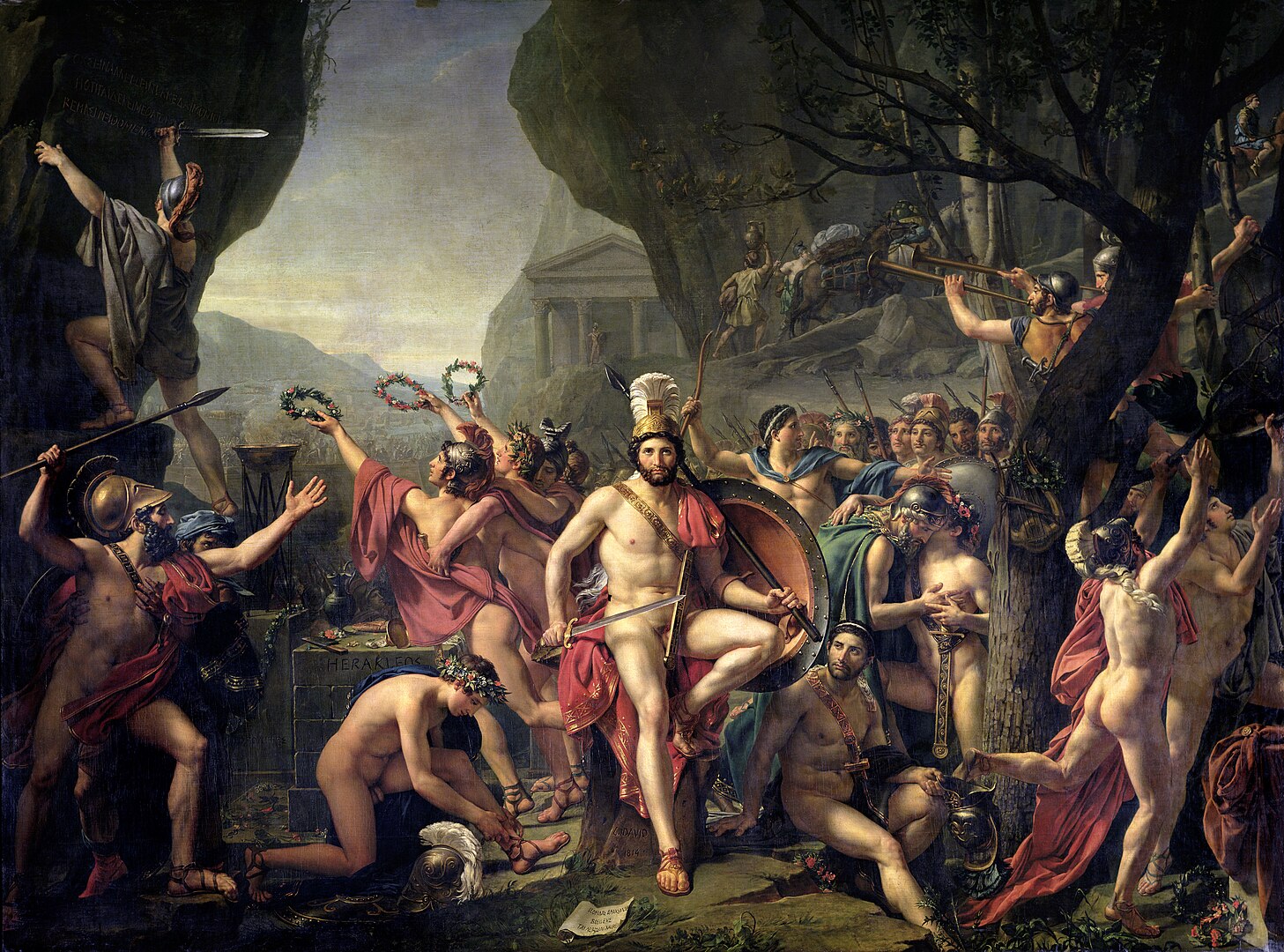
Spartan Society: Values of Liberty, Justice, and Rule
Walking through what remains of ancient Sparta, I realized how different the culture was from other Greek city-states. Spartans valued liberty, discipline, and a unique sense of justice.
Their society focused on equality among citizens, strict military training, and dedication to the kingdom. Every Spartan boy trained as a soldier, learning not only how to fight but also the importance of teamwork and following rules.
Leaders like Leonidas were chosen for their skill and integrity, not just birthright. Despite myths of cruelty, I saw traces of a society that aimed to balance harsh discipline with fairness for its own people.
Spartan values influenced Greek history and inspired later ideas about democracy and civic duty. Even now, there’s a lot to learn from their sense of purpose and commitment to the common good.
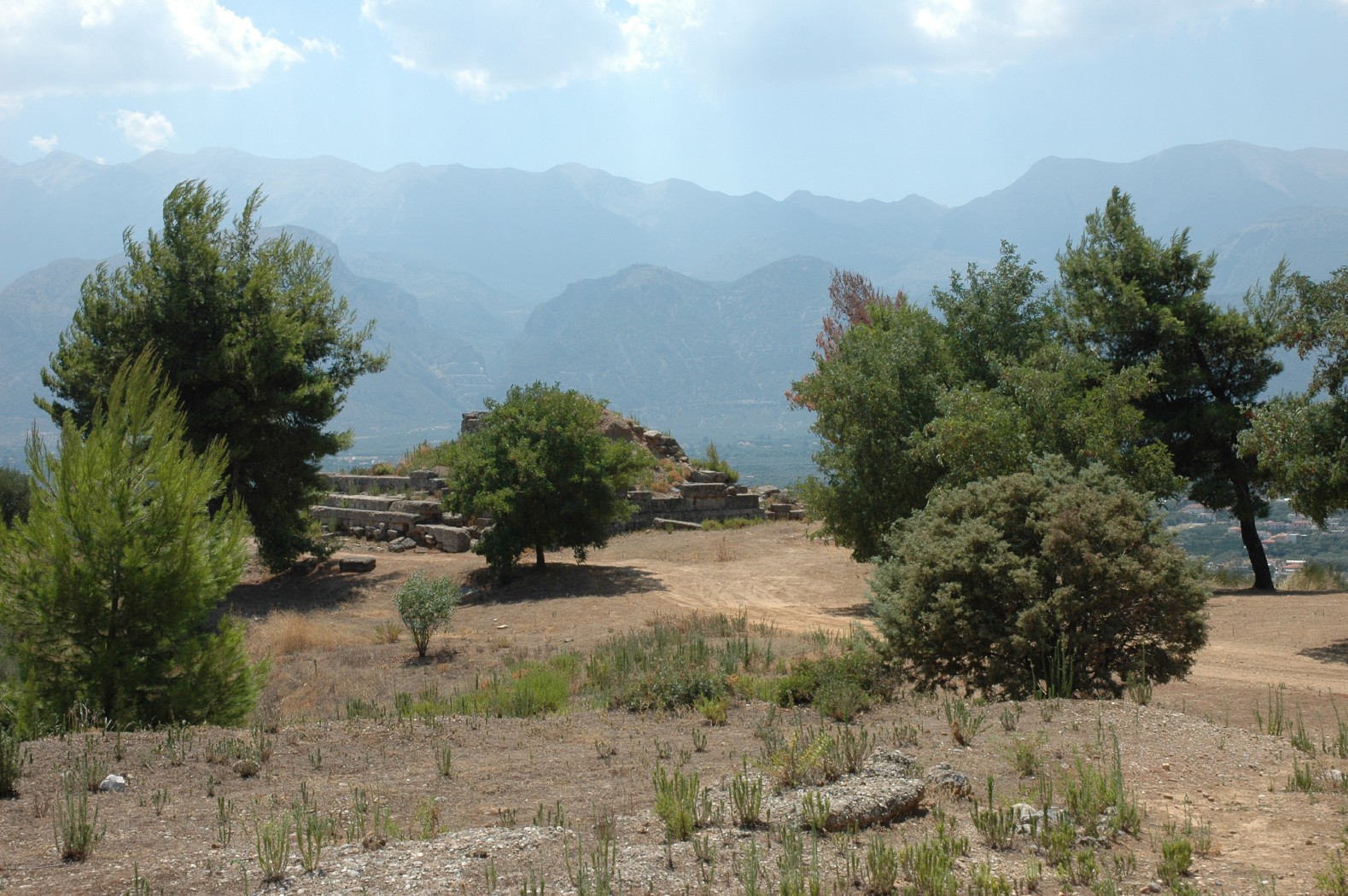
Famous Spartans and Allies
Leonidas is the name everyone knows. But walking the same ground, I remembered others who helped shape Sparta’s legacy.
There were famous warriors and allies from the Peloponnesian League—men from smaller Greek cities who joined them in fighting powerful enemies like Persia.
I kept thinking about Athens, Sparta’s rival but also a crucial ally at times. The two cities competed fiercely, but when Persia invaded, they stood together for Greece’s freedom.
Historians often focus on the kings, but the ordinary soldiers, and the loyal helots and allies, deserve mention too.
Here’s a simple list to keep track:
- Leonidas I: Hero of Thermopylae, symbol of courage
- Athenians: Rivals, but essential partners in war
- Plataea, Thespians, and others: Smaller allies who fought at key battles
- The Immortals (Persian): The elite unit Spartans famously resisted
As I explored, it struck me that Sparta’s story belongs to all these people. It’s about those who led, and those who quietly stood beside them.
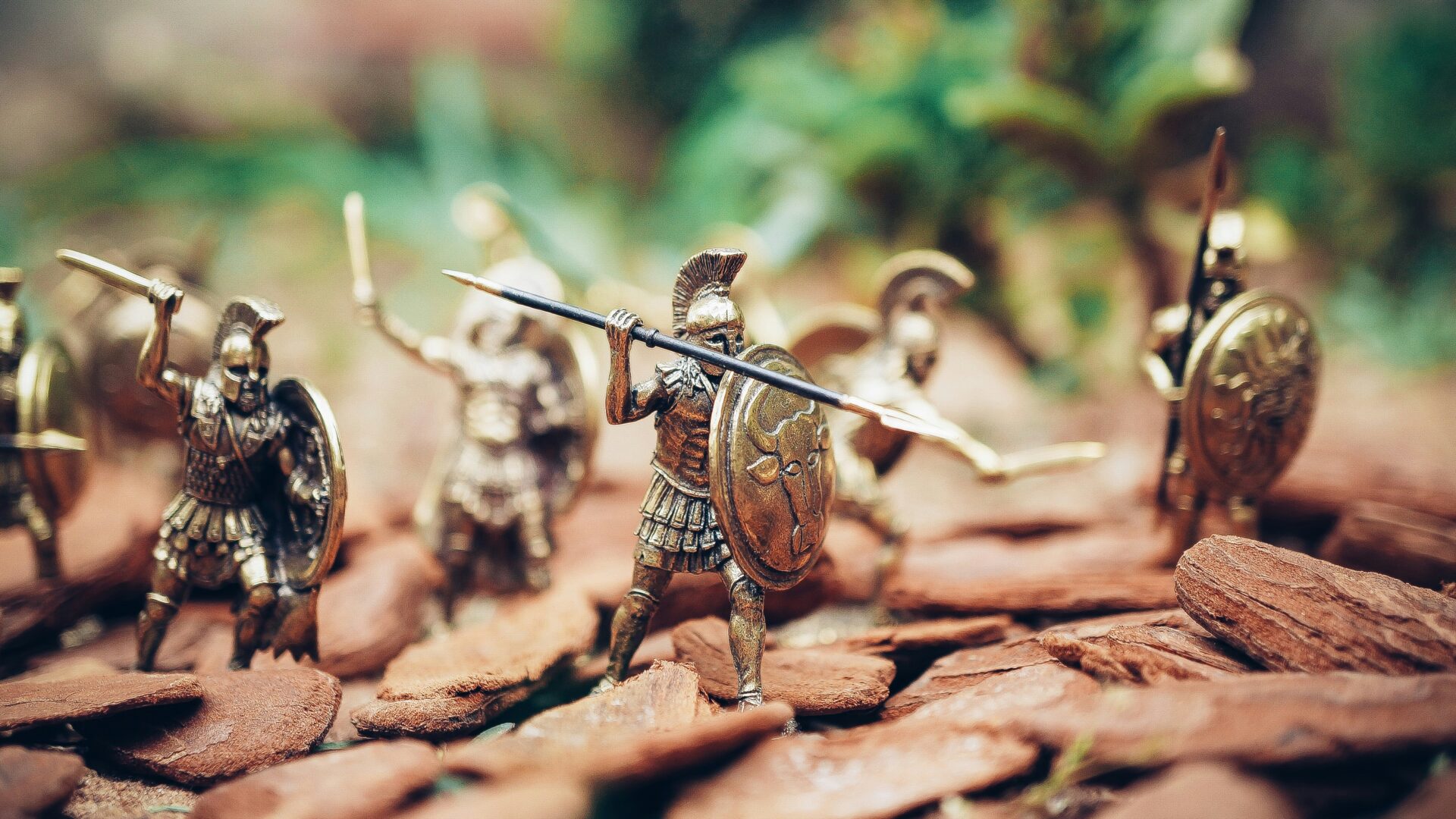
A Modern Encounter: Monuments and Memories
Walking through Sparta and Thermopylae, history feels close enough to touch.
Bold statues and quiet memorials mark the places where stories of Spartan warriors, peace, and knowledge still echo.
Visiting the Leonidas Monument
Standing in front of the Leonidas Monument, I felt awe at the sight of the Spartan king immortalized in stone. The bronze statue rises above a marble base near Thermopylae, showing Leonidas in battle stance, shield and spear ready.
The words “Molon Labe”—meaning “Come and take [them]”—are inscribed below, a direct challenge recalling the Persian threat. Visitors stop to take photos or pay their respects.
I watched as a small group left olive branches by the monument, a symbol of peace in Greek tradition. There’s a certain energy here, shared by travelers who come to reflect on the ideals of courage and sacrifice.
Plaques nearby note not just Leonidas, but other Spartan warriors who fought beside him. These markers connect visitors to their legacy.
Getting to the monument is easy from the main road. Maps and signs point the way, and travel apps help too.
I found it helpful to bring water and sunscreen, as there’s little shade. Early morning visits offer cooler temperatures and fewer crowds.
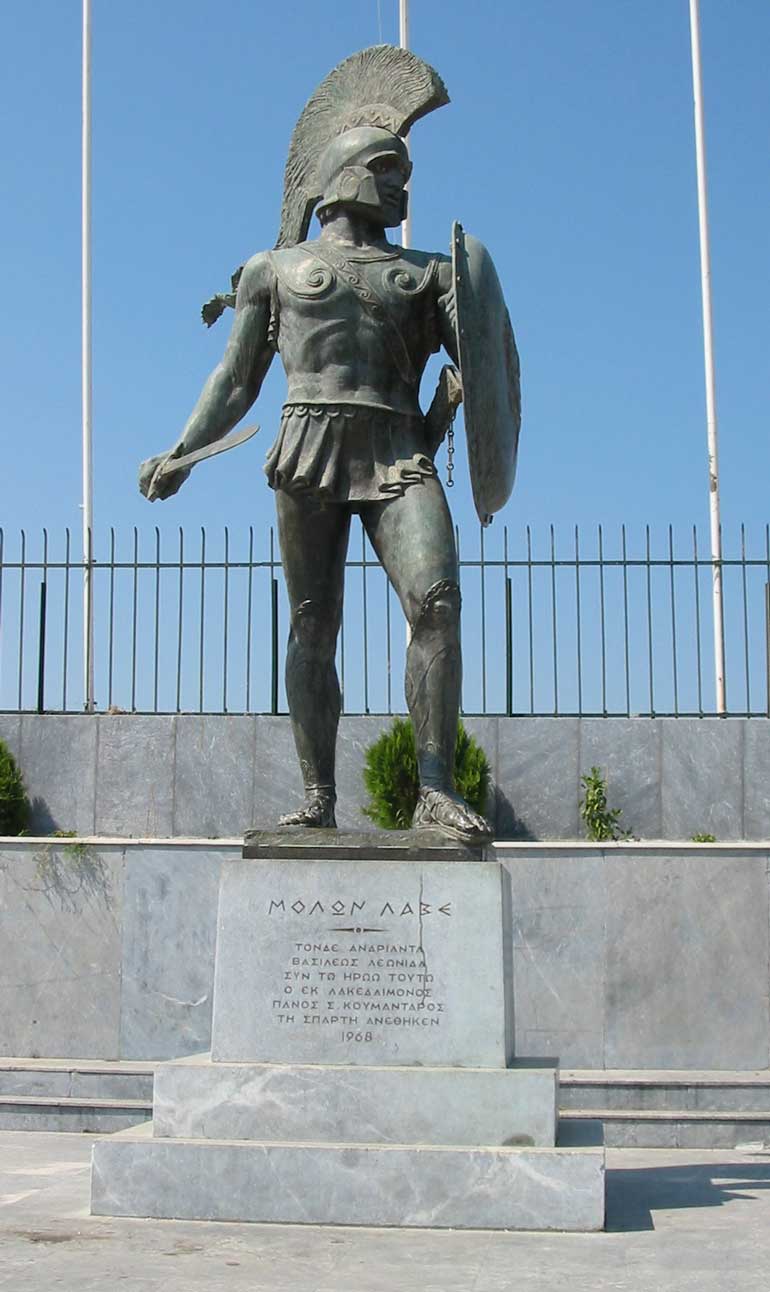
The Spirit of Spartan Warriors in Today’s Greece
Monuments like those for Leonidas keep reminders of the Spartan way alive. In modern Greece, the story of the 300 at Thermopylae is taught in classrooms and retold at local festivals.
This connects young Greeks with the values of discipline, bravery, and honest leadership. I found that these memories go beyond statues.
Locals in cafes talk about Themistocles, who led the navy at the Battle of Marathon, and mention Cleombrotus, Leonidas’s successor. Conversations often turn to how Greece now values peace and knowledge alongside old traditions of strength.
Museums nearby display armor and artifacts, making the stories more real. For travelers interested in history, walking these sites provides a mix of learning and inspiration.
In Sparta, knowledge is as prized as heroism. Even Paul, the apostle, wrote about standing firm—something he likely noticed from Greek culture.
Today, these memories help shape how people think about courage and community.
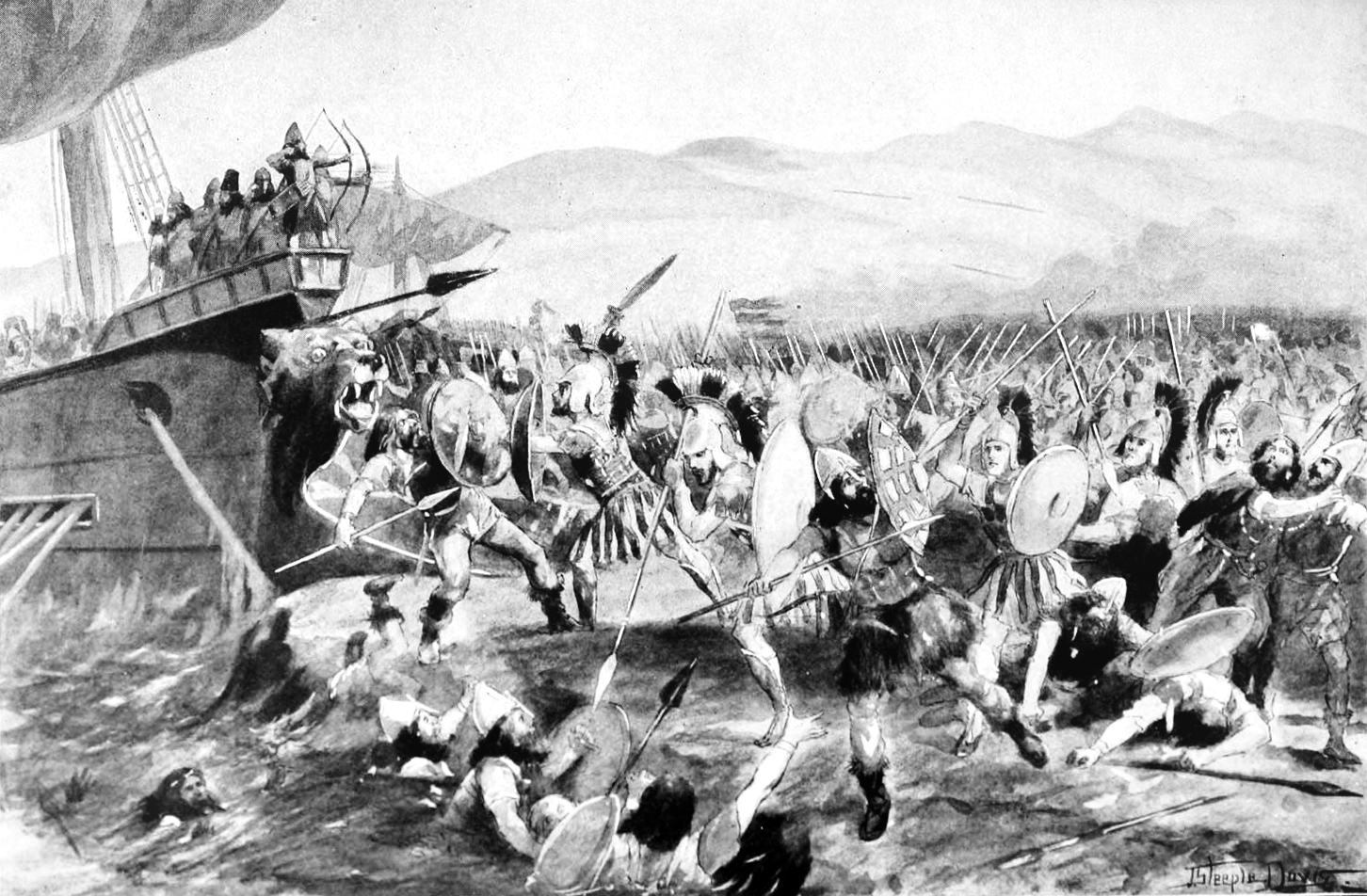
Sparta’s Relevance Today: Reflections and Travel Tips
Sparta may be famous for warriors and battles, but I found the city offers more than just stories about Leonidas.
There’s a surprising mix of ancient lessons and modern charm, along with nearby sights that bring history to life.
Lessons from the Past for Modern Travelers
When I visited Sparta, I kept thinking about endurance and community—those values shaped the city and its people in ways that still linger. The stories of the Peloponnesian War, especially the ones Thucydides told, echo in the quiet ruins and remind me just how complicated and costly conflict can be.
Standing where Leonidas once stood, I tried to imagine what it meant to lead with courage, not just during war but in everyday life too. The Spartan way—famous for discipline and simplicity—feels almost timeless. There’s something oddly refreshing about their idea of what’s really necessary.
As I wandered, I realized how writers like Euripides and even artists like Frank Miller each saw a different side of Sparta. From tragic tales like Oedipus to those stylized comics, these stories—full of love, rivalry, and sacrifice—colored the history around me. Every stone underfoot seemed to have a little more depth because of that.

How to Plan Your Own Spartan Adventure
Planning a trip to Sparta isn’t complicated, but a bit of preparation makes all the difference. I’d start in the modern town; you can get there easily by car or bus from Athens.
The wide streets and friendly locals make it a pretty comfortable place to base yourself. If you go, I’d recommend visiting during spring or early fall so you can skip the worst of the summer heat.
I booked a local guide who really brought the ruins to life, sharing stories about Philip, Pelopidas, and other figures. Having a good guidebook helped too—I kept jotting down notes and marking the sites I didn’t want to miss.
Pack light, wear comfortable walking shoes, and don’t forget water—most of the old acropolis and archaeological spots don’t have modern conveniences. Here’s a short list of essentials:
- Map or offline app
- Sunscreen and sunhat
- Notebook or journal
The local food is hearty and fresh. Trying the regional cuisine made the whole experience even better.

Recommended Sights and Nearby Wonders
The ruins of ancient Sparta really grabbed me—those weathered stone foundations seem to whisper stories if you pause long enough. The Acropolis there isn’t flashy, but it has this quiet strength that makes you picture grand gatherings and heated councils.
I hopped in the car and drove over to Mystras, which sits proudly on the UNESCO World Heritage list. Wandering through its medieval streets, I felt Greek history peel back in layers, from Byzantines to Ottomans. Not far from there, the Menelaion gave me a peaceful view over the whole valley. I just stood there for a while, soaking it in.
Don’t miss the Leonidas Statue in town, by the way. The local archaeological museum surprised me with its little treasures, especially if you geek out over history. Literature lovers might get a kick out of spotting names like Thucydides and Pelopidas in the exhibits—honestly, that made my day.
If you’re up for more adventure, consider a day trip to Thermopylae. I stood at the famous battlefield and, for a second, almost heard the echoes of “molon labe.” Chills.
| Sights | Why Visit? | Travel Tip |
|---|---|---|
| Ancient Sparta | Historic ruins, tales | Go early for quiet |
| Mystras | Medieval history, views | Wear good shoes |
| Leonidas Statue | Photo spot, honor legacy | Located in main town |
| Menelaion | Panoramic vistas | Short hike required |

